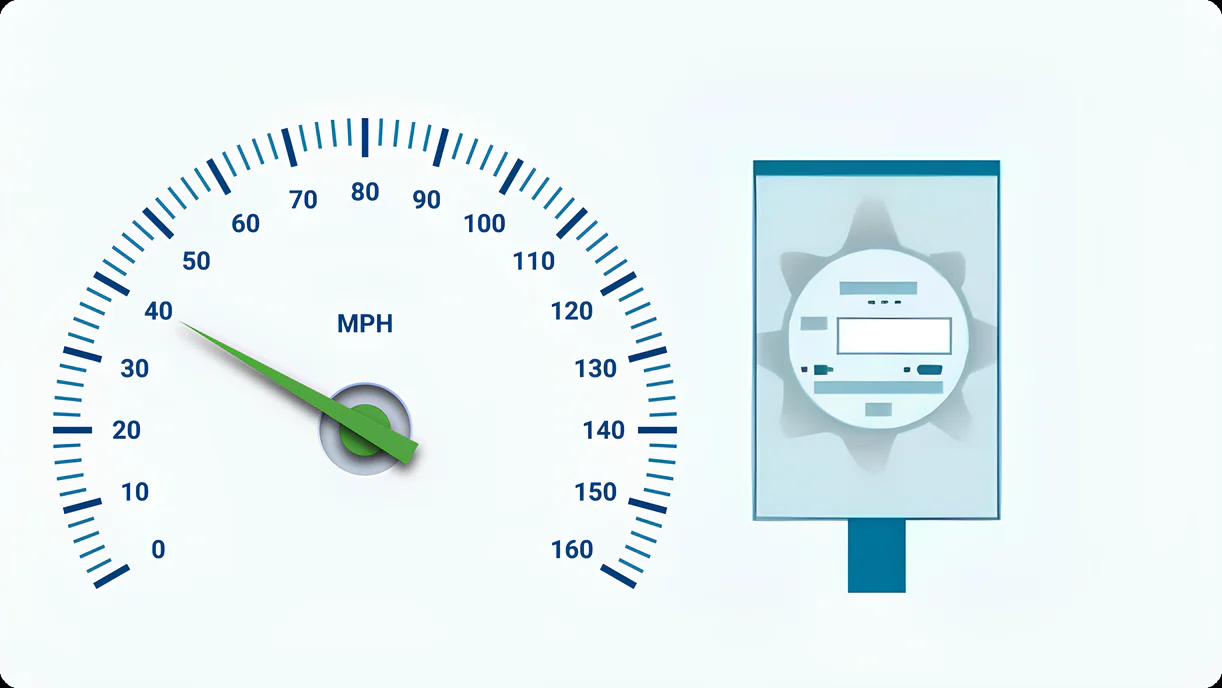Residential Service delivery charges are made up of several fixed monthly and variable charges as specified in the Tariff, section 6.1.1.1.1 Residential Service:
Fixed Monthly Charges may include, but are not limited to, the following:
- Customer Charge
- Metering Charge
Variable Charges may include, but are not limited to, the following:
- Distribution System Charge – Rate Factor * kWh
- Transmission Cost Recovery Factor – Rate Factor * kWh
- Distribution Cost Recovery Factor – Rate Factor * kWh
- Energy Efficiency Cost Recovery Factor – Rate Factor * kWh
- Nuclear Decommissioning Charge – Rate Factor * kWh
DISCLAIMER: Bills from Retail Electric Providers (REPs) may differ in how charges are displayed.







